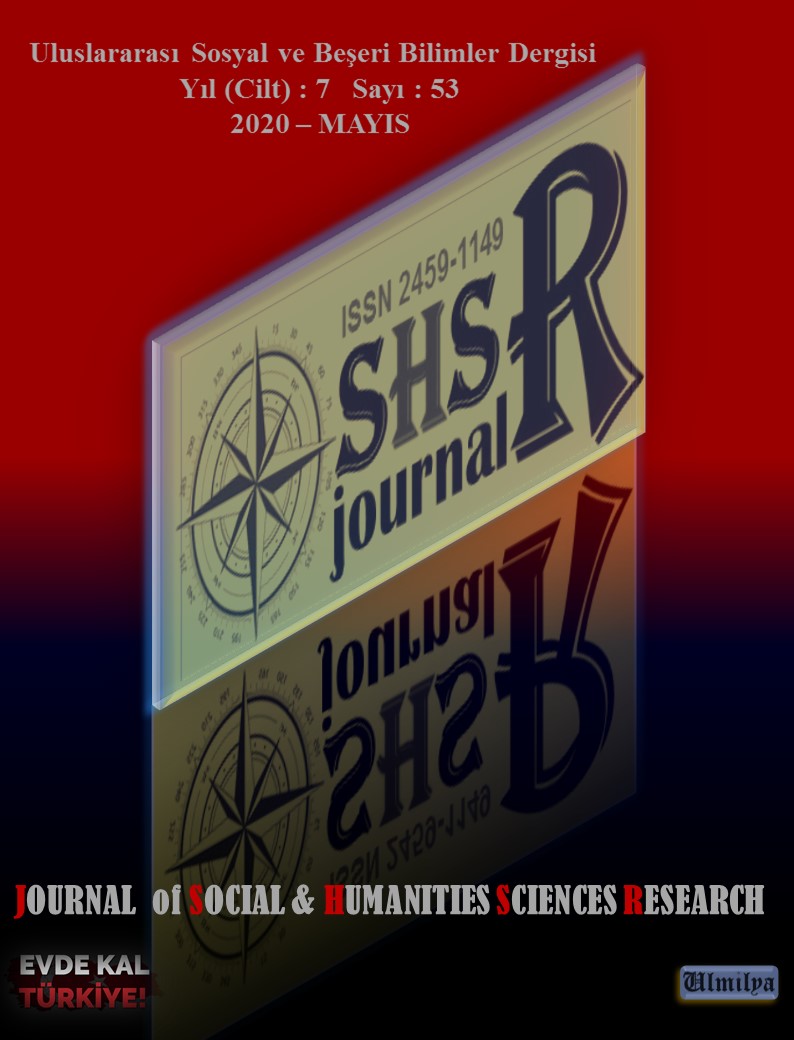FACADE AND SPATIAL QUALITY ANALYSIS OF THE 13TH CENTURY ANATOLIAN SELJUK MASJIDS: KONYA EXAMPLE
DOI:
https://doi.org/10.26450/jshsr.1849Keywords:
Konya, Masjids of Anatolian Seljuks, Masjid, Spatial Quality, AnalysisAbstract
The Anatolian Seljuk State created works in the 13th century with its unique architectural style. Madrasahs, caravanserais,
mosques, tombs and masjids, which were regarded as religious and scientific places during the Anatolian Seljuk period, are of
great importance. The first examples of the masjids, which are among these types of structures, emerged when a certain part of
the tombs was turned into places of worship. Masjids have unique architectural characteristics according to their climatic,
physical and socio-economic conditions. The masjids built during the Anatolian Seljuk period are defined as small, simple,
square and square planned spaces with their own unique decorations.
In this study, the interior and exterior architectural values of Bulgur Dede Masjid, Hoca Hasan Masjid, Karatay Masjid, Sircali
Masjid, Stone Masjid, Tahir and Zühre Masjid and Zenburi Masjid, which were built in the city of Konya during the Anatolian
Seljuk period, were examined with the determined method. The selected masjids were analyzed considering their originality
and protection status. These seven masjids were placed in groups A, B, C and D according to the scores given as a result of the
evaluation. As a result of the evaluation, qualified masjids that retain their originality are in group A, whereas unqualified
masjids that retain their originality are in group D.
Downloads
Published
How to Cite
Issue
Section
License
Copyright (c) 2020 INTERNATIONAL JOURNAL OF SOCIAL HUMANITIES SCIENCES RESEARCH

This work is licensed under a Creative Commons Attribution 4.0 International License.


